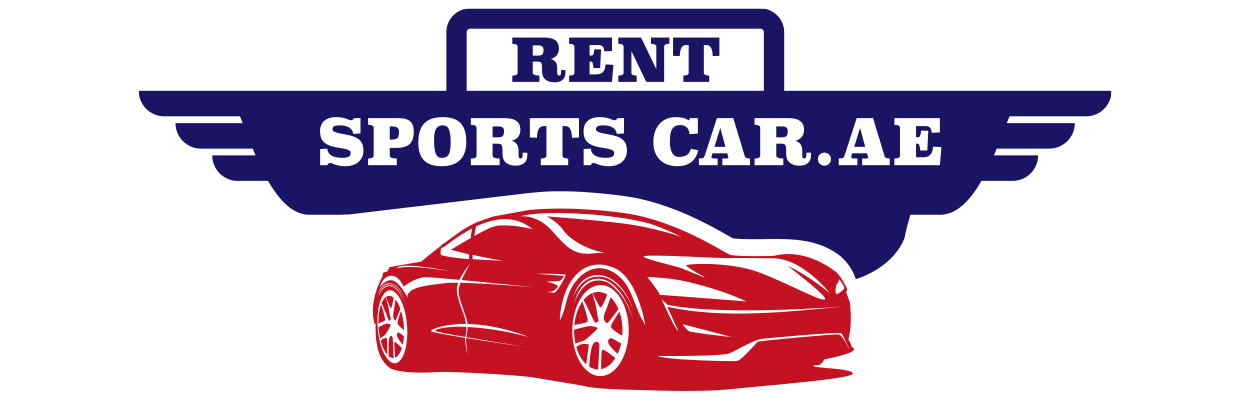What does the 7E8 code mean?
The 7E8 code reflects the data stream from the vehicle’s engine and shows that the evaporative emission control system has lost some of its ‘air pressure.’ The 7E8 code is often indicative of the engine powertrain.
Possible reasons for the 7E8 code include
- Leaking, disconnected, or clogged fuel vapor lines.
- Damaged or missing fuel filler cap
- Faulty Canister
- Faulty CCV (Canister Close Valve)
- The gasoline filler pipe is defective or damaged.
- FTPS error (Fuel Tank Pressure Sensor)
- PCSV (Pressure/Purge Control Solenoid Valve)
- A faulty fuel pump seal
The 7E8 engine code and 7E9 engine code difference
The 7E8 and 7E9 vary in such a way that the 7E8 shows the engine powertrain while the 7E9 shows the transmission powertrain. Both, however, have authority over the module menu.
A transmission is what shifts an engine’s gear, sending engine power to the wheels and propelling the car forward. By replacing the transmission fluid on a regular basis, you can maintain the fluid clean and the transmission functioning smoothly. When your transmission fails, your car’s handling suffers. In Your car, you may notice vibrations, slippage (engine revs but vehicle does not accelerate as it should), or odd shift patterns.
Various scan tools show the engine’s powertrain, transmission, and ABS system independently. These control modules let the scanning device to read data. The error codes will be stored in the engine control module, but the 7E8 alerts you that codes exist. To read these codes, the engine control module must be selected. The same goes for 7E9.
If you have a 7E8 engine code do this
The 7E8 error code is classified as a generic error code. If a vehicle’s emissions system is malfunctioning, you will see this code. 7E8 is not unique to any specific car. Finding this error at home with a multi-purpose OBD scanner might indicate a problem with the emissions system.
The gasoline filler cap is the (by far) most typical cause of this code. This has no impact on driving, however it is an emissions code that will lead you to fail a Smog Check check if they are performed in your region.
Here are some recommendations that you can use to deal with this code
- Inform your dealer/manufacturer of the “Emissions” related code that you are receiving and inquire if the diagnostic/repair is covered under warranty. Most manufacturers are obligated to cover the majority of emissions-related concerns for a period of six years. And it’s completely free.
- Replace the fuel cap, clear codes, and conduct a EVAP Leakage Test using your scanner. However, before you conduct the test make sure that the engine is warmed up and running at idle, no trouble codes and fuel level in tank is between 15 percent and 80 percent.
- Perform a smoke test on the EVAP system since the leak might be as little as a sewing needle hole that you won’t be able to detect visually. Then you may do a smoke test.
5 things to check in your car when getting a 7e8 code
If your car has been giving you this code, there are a few things you can check to try and resolve the issue. Here are five of the most important

- Fuel filler pipe: A dirty or clogged fuel filter can also impede airflow and cause emissions problems.
- Fuel vapor lines: Leaking, disconnected or plugged fuel vapor line may also be the reason behind the 7e8 code. You should check them if you are getting this code.
- CCV (Canister Close Valve): A faulty CCV can also lead to this issue. You should make sure that it’s working properly.
- Seal of the fuel pump: Faulty seal of the fuel pump may also be one of the reasons behind the 7e8 code.
- FTPS (Fuel Tank Pressure Sensor): If your FTPS is not working properly it may also be the reason behind the 7e9 code.
Conclusion
In conclusion, the 7e8 and 7e9 engine codes are two of the most common engine codes in cars. If your car has one of these codes, it’s important to take appropriate measures to resolve the issue. By understanding what the code means and what might be causing it, you can better cure the issue.



